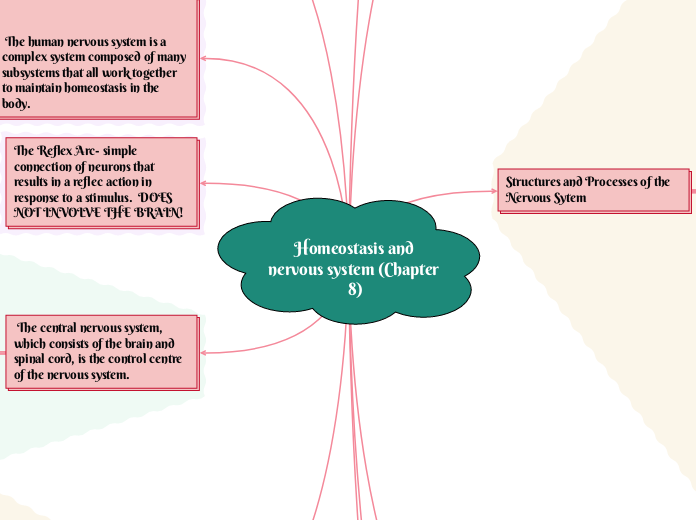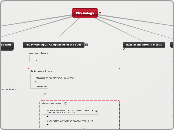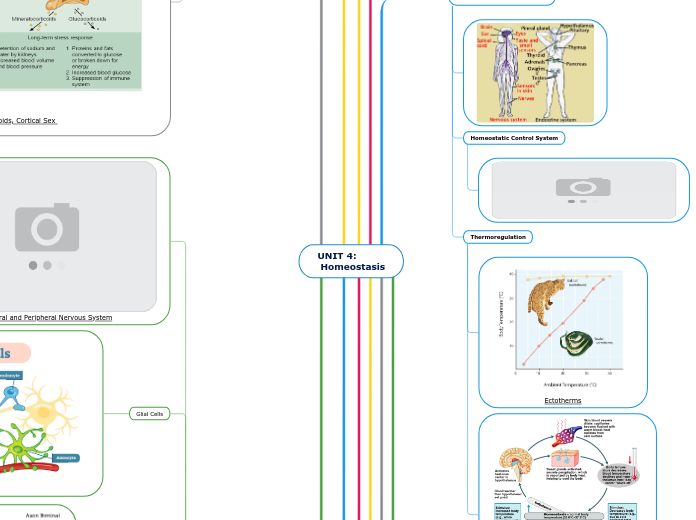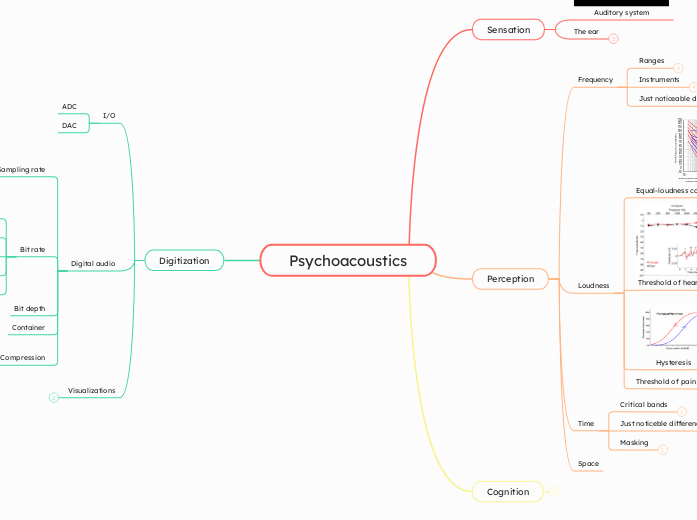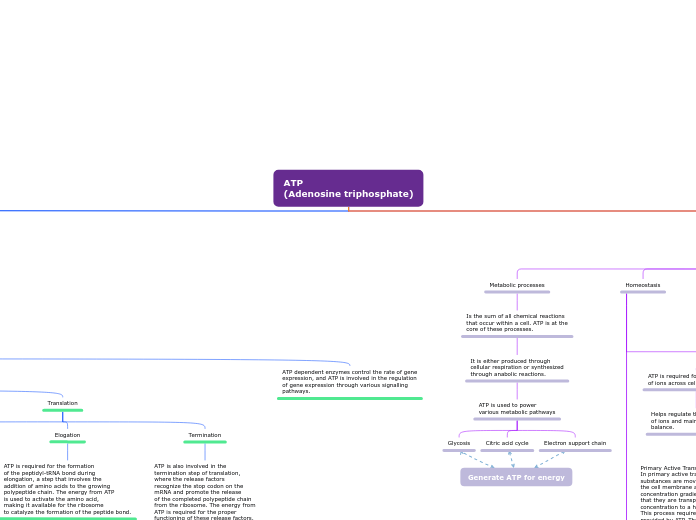Homeostasis and nervous system (Chapter 8)
Conflict is present everywhere in the world around us. We experience conflict on a daily basis, and it can be minor or major.
Conflict in a story is a struggle between opposing forces. Characters must act to confront those forces and there is where conflict is born. If there is nothing to overcome, there is no story. Conflict in a story creates and drives the plot forward.
The nervous system includes the brain, spinal cord, and a complex network of nerves
Additional info
The central nervous system, which consists of the brain and spinal cord, is the control centre of the nervous system.
The right and left halves of the cerebral cortex are made of four pairs of lobes, each of which is associated with particular functions.
The outer layer of the cerebrum, called the cerebral cortex, is composed of grey matter, and is thought to be the source of human intellect.
The brain can be subdivided into three general regions: the hindbrain, the midbrain, and the forebrain.
The Reflex Arc- simple connection of neurons that results in a reflec action in response to a stimulus. DOES NOT INVOLVE THE BRAIN!
The human nervous system is a complex system composed of many subsystems that all work together to maintain homeostasis in the body.
This situation results from a protagonist working against what has been foretold for that person. While this conflict was more prevalent in stories where gods could control fate, such as in ancient Greek dramas, there are still examples of this type of conflict in more contemporary literature.
• All cells have a membrane potential, but the neuron is unique in that it can change the potential of its membrane to generate an impulse. An impulse is transmitted from one neuron to the next by neurotransmitters at a synapse
Give examples of man versus fate conflict in a literary work.
Daniel Defoe - Robinson Crusoe
3 main types of neurons
A more contemporary type of conflict, this situation results from humans involved in a struggle with man-made machines. This is an external conflict.
Motorneuron- motor neurons transmit info from CNS to effectors (muscles, glands and other organs)
Interneuron- found in CNS (spinal cord) and link sensory and motor neurons
As this conflict is more science fiction based, in real life we can't find such examples.
However, as technology became a big part of our lives there are some situations that man made machines affects our lives.
Find such examples.
Sensory neuron sensory receptors (on skin) receive stimuli and form a nerve impulse, and transmit impulses to the CNS
Give examples of man versus machine conflict in a literary work.
Parasympathetic nervous system
"rest and digest" response
Activated when the body is calm and at rest
Synpathetic Nervous system
also referred to as the 'fight or flight' situations
activated in stressful situations
The peripheral nervous system
This conflict develops from a protagonist’s inner struggles and may depend on a character trying to decide between good and evil or overcoming self-doubt. This conflict has both internal and external aspects, as obstacles outside the protagonist's force them to deal with inner issues.
Autonomic system
Give examples of man versus self conflict in the real world.
internal reaction to s situation
autonomic or involuntary vontrol
Somatic system
carries information to and from skin and skeletal muscles (via sensory neurons and motor neurons)
Under voluntary control
Give examples of man versus self conflict in a literary work.
Network of nerves
And sends information from the CNS to the muscles
It carries sensory messages to the central nervous system (CNS)
Structures and Processes of the Nervous Sytem
Myelin sheath- the fatty, insulating layer around the axon of a nerve cell, composed of Schwann cells. It protects myelinated axons and speeds up the rate of nerve impulses.
See Table 8.1, page 352 for different types of neurons (multipolar, bipolar, unipolar)
Glial cell- support cell of nervous system that nourishes neurons, removes their wastes, defends against infection, and provides a supporting framework for all the nervous system tissue.
Nerve- message pathway of the nervous system, made up of many neurons grouped into bundles and surrounded by protective connective tissue.
Neuron- nerve cell, the structural and functional unit of the nervous system. They respond to physical and chemical stimuli, and conduct electrochemical signals and release chemicals that regulate body processes.
Peripheral Nervous System- network of nerves that carry sensory messages to the CNS and send info from the CNS to the muscles and glands
Contains autonomic and somatic nervous systems
In general, the sympathetic nervous system prepares the body for fight-or-flight, while the parasympathetic system returns the organs to a resting state.
Homeostasis is maintained in the body by the actions of the sympathetic and parasympathetic nervous systems.
Central Nervous System- brain and spinal cord and associated nerves.
This integrates and processes info sent by nerves
The human body is organized in a hierarchy of levels. Cells are the smallest unit in the body. Tissues are groups of similar cells, and organs are tissues that perform a particular function. Organs work together in an organ system.
Homeostasis is maintained through feedback systems that continually monitor, assess, and adjust variables in the body’s internal environment.
Tendency of the body to maintain a relatively constant internal environment
In this type of conflict, a character is tormented by natural forces such as storms or animals. This is also an external conflict.
Literary Work
Feedback systems maintain homeostasis
Give examples of man versus nature conflict in a literary work.
Two kinds: negative and positive feedback systems
Positive feedback systems tends to strengthen or increase a change in a variable. Stops when "GOAL" is reached
Example: Childbirth, blood clotting
Feedback loop stops when variable is restored to normal conditions
negative: the body works to reverse a change detected in a variable so that the variable is brought back within a normal range
Three components: Sensor, control centre, effector
Effector: receives signals from the control centre and responds to change the internal variable
Control Centre: received information frim sensors and sends out signals and sets the range of values within which the variable must be in.
Sensor: detects changes in the internal environment and sends a signal to a control centre
